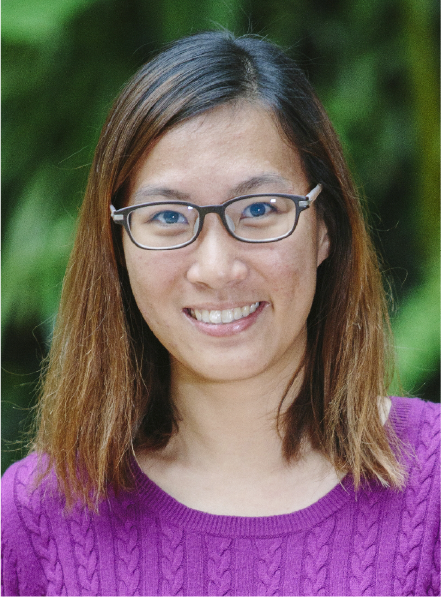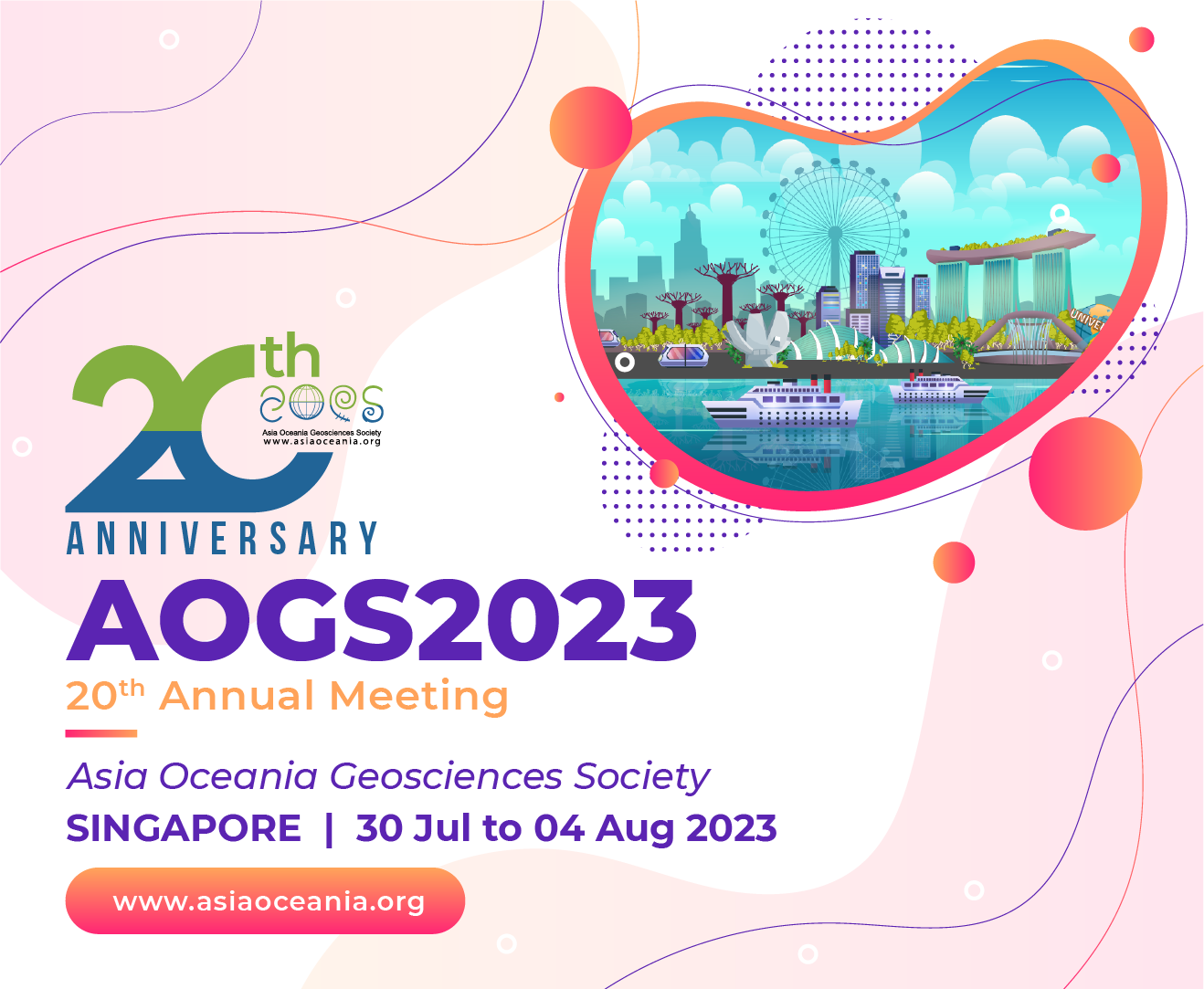

Annie LAU
The University of Queensland
Dr Annie Lau is a coastal geomorphologist with specific interests in identifying sedimentary signatures of coastal hazards, interpreting late-Quaternary climatic and environmental changes, and understanding coastal changes at various timescales. She completed her B.Sc. and M.Phil. in Earth Sciences at The University of Hong Kong, and obtained her Ph.D. in Geography from the National University ofSingapore. She has been working as a lecturer (research and teaching track) at the School of Earth and Environmental Sciences of the University of Queensland in Brisbane, Australia, since 2016. Annie has researched on palaeo-storm and tsunami occurrences, and Holocene environmental changes in multiple Asia-Oceania countries including China, Fiji, the Philippines, and French Polynesia. Since moving to Australia, she also investigates the evolution of sandy coastlines in Queensland and is particularly interested in the morphology of beach ridges and large dune fields on the Eastern Australian coast. Besides research, Annie is passionate about promoting diversity and inclusion in STEM. She has organised conferences to highlight the achievements of female geoscientists, spoken at workshops and webinars for students in regional areas and less developed nations, and is actively mentoring young geoscientists and students from various underrepresented groups.
IG Kamide Lecture | 31 July (Mon) 08:15 AM – 10:00 AM | Level 3 MR333
Geomorphic and Sedimentary Signatures of Storms and Tsunamis on Tropical Coastlines
Abstract: Tsunamis and severe storms pose significant threats to coastal communities, especially if an accurate risk assessment is hindered by a lack of hazard information. Many Pacific islands are prone to these extreme coastal waves, but the generation mechanisms, source of tsunamis, or wave propagation characteristics of those events are much understudied. Consequently, the recurrence interval, and the type of coastal inundation event that can cause severe damage, are still largely unknown.
On the other hand, numerous impressively-sized reef boulders have been reported from within and around the Pacific, sometimes by local communities in the form of ancient legends, suggesting these conspicuous landforms have been used as hazard warnings in traditional knowledge for many generations. These large coral and limestone boulders found on intertidal reef flats and beaches allow us to interpret the power of waves, the timing of extreme wave events, and sometimes, the cause and source of marine inundation. This presentation will demonstrate how a combination of mapping, sediment analyses, numerical modelling, age-dating, and legends told by local people help to understand past hazard events, hence contribute to quantifying present-day risk and provide guidance for what to expect in future climate scenarios.
As there is increasing emphasis on the critical role submarine landslide tsunamis play in the hazardscape of coastal communities, one of the case studies included in this talk focuses on the characteristics of a reef-top boulder field created by a local submarine landslide tsunami in Fiji. The boulder distribution demonstrates that the shorter-period-than-normal tsunami waves generated by submarine landslides would create a boulder field resembling typical storm boulder fields due to relatively short transport distances. This boulder field can potentially be used as a reference set in identifying possible prehistorical local submarine landslide tsunami occurrences elsewhere, and that it is particularly relevant for tropical Pacific island coasts where submarine slope failures are relatively common.
